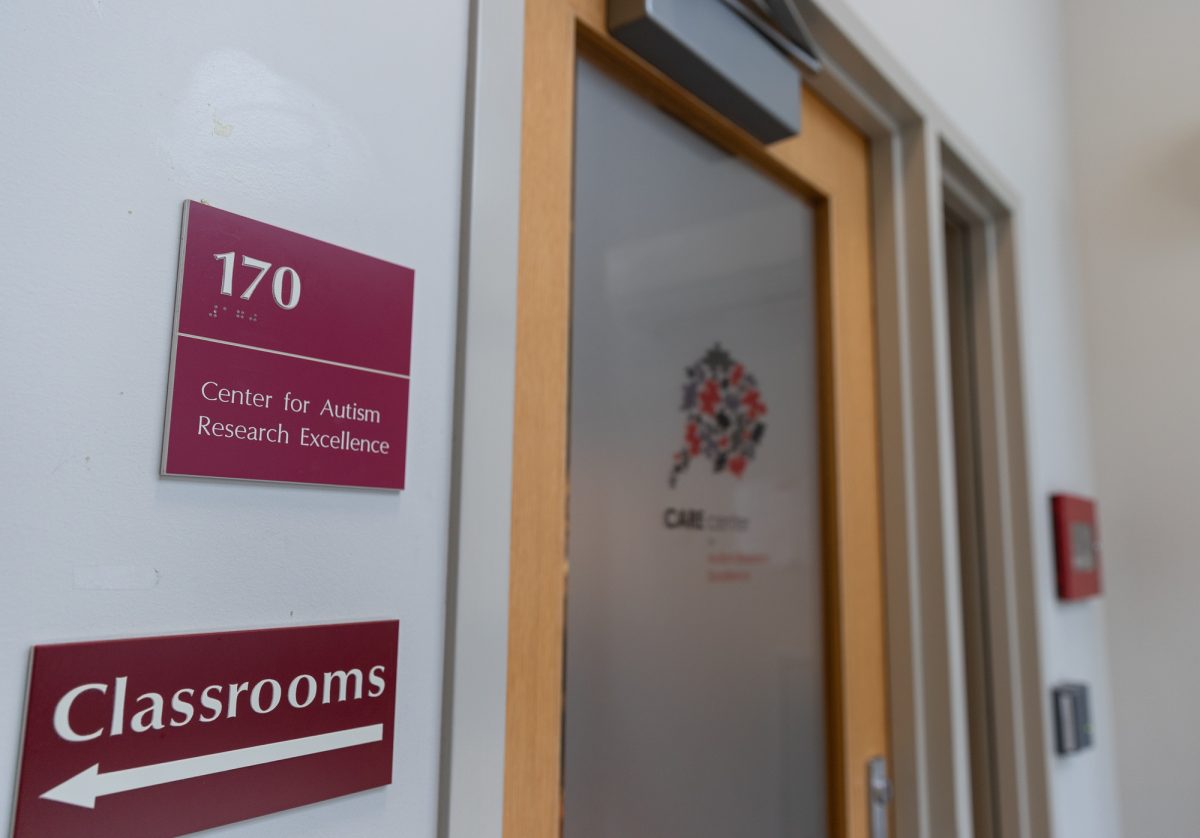
Eating is a necessity, and when it’s good food, eating can make someone’s day. Conventional home cooking is becoming more of a hassle in the midst of hectic school and work schedules. Families tend to gravitate toward eating out at their favorite local restaurants or simply ordering in.
With this in mind, various food-service apps have emerged in the past decade and are now at the pinnacle of popularity.
Grubhub, founded in 2004, is an online and mobile food ordering company that works with over 45,000 take-out restaurants in more than 1,100 cities, ranging from the Chicago to London, according to their website.
“Our CEO and the founder of Grubhub, Matt Maloney, came up with the idea while working late as a web developer,” Lindsey Ruthen, a media relations associate at Grubhub, wrote in an email. “He was frustrated with the paper menu delivery options that were available and the pain of calling the restaurant to place an order and giving credit card information over the phone. While doing geographic searches for his job, he came up with the idea for Grubhub.”
Hungry customers take advantage of Grubhub’s convenience and accessibility to fulfill their grumbling stomachs, but diners are not the only ones benefitting from this technology.
Ruthen shared her extensive research on this subject in an email.
“One year after joining Grubhub, restaurants grow monthly takeout revenue by an average of 30 percent, six times greater than restaurants not using the service,” she wrote. “One in five restaurants double their takeout revenue one year after working with Grubhub.”
Even restaurants that are struggling to remain in business have experienced significant rises in demand with the help of Grubhub, according to Ruthen.
“Small restaurants typically see their revenue increase 50 percent after signing on with Grubhub. Grubhub cuts order processing time by more than 50 percent, helping restaurateurs spend more time making food and less time managing orders,” Ruthen wrote. “In 2015, Grubhub drove 2.4 billion dollars in sales for our local restaurant partners in over 1,000 cities.”
Selim Gurel, owner of Angora Cafe on 1024 Commonwealth Ave. in Boston, spoke highly in regard to Gruhhub’s impact on this college hotspot.
“Eighty percent of online orders and 40 percent of delivery and takeout is from Grubhub,” Gurel said. “People don’t call anymore. They order online, mostly.”
Following Grubhub’s influential footsteps, GoPapaya, a much newer and lesser-known food-service app concentrated in the Boston area, surfaced in May 2016. GoPapaya’s primary goal is filling empty tables at restaurants while simultaneously making it easier for college students to eat out by providing them with a discount of at least 10 to 15 percent.
The objective is for users of the app to make a reservation within 30 minutes of arrival. If they do so, they are guaranteed a discount on anything provided on the full menu. Oftentimes, this generation’s youth will choose to eat out spontaneously versus making advanced reservations, a trend that GoPapaya has utilized to its benefit.
Zachary Weiss, co-founder and COO of GoPapaya, explained how the app came to be.
“I was sitting in a restaurant, 5:30 on a Tuesday, and there were a ton of tables available … waiters and waitresses standing around,” Weiss said. “I thought, why can’t restaurants better maximize the capacity that they have? Why don’t restaurants just mirror the hotel policy? Restaurants are much better having consumers eat at a discount than no consumers at all.”
Another widely used food-service app is OpenTable, which differs slightly from Grubhub and GoPapaya in the sense that it allows restaurant goers to provide reviews and comments. According to OpenTable’s website, 50 percent of their reservations made in North America are made using the company’s mobile app and over 750,000 reviews are written each month.
The heavy prevalence of food apps in a technology-dominant time is not a coincidence.
Christopher Muller, a professor in Boston University’s School of Hospitality Administration commented on this trend in an email.
“Just as the smartphone has become a necessary attachment to our bodies, the use of all of the technology inside the phone is now a necessity, not merely some fun game or even an aspirational luxury,” Muller wrote. “Since we consume more than 50% of our meals in some kind of restaurant format, we have seen the explosion of smartphone [apps] to bridge the gap between consumer and supplier. The Organizational Behavior theorists call this mimetic-isomorphism or ‘copying the same shape/form.’”
Society today is more media dependent than ever and, as always, hungry. With the ongoing fame of food apps such as Grubhub, OpenTable and new companies such as GoPapaya, it is safe to say we are heading in a direction where our stomachs will be satisfied quicker than we can say, “I’m hungry.”
“Consumers benefit, restaurants benefit,” Weiss wrote.
























































































































